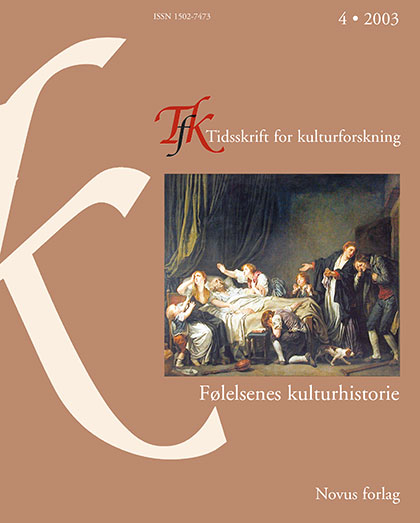Sammendrag
We know that tears and weeping were important cultural signs in eighteenth century France. But what was the status of feelings and emotions within the Enlightenment thinking, in what we call the Age of Reason? The fin de siècle of the seventeenth century certainly brought new elements to the semantic field of feelings. Sensibilité was one of the notions that obtained a whole range of new, positive evaluations and functions, not at least as a social and moral category. When the notion of sensibility appears in different articles of the Encyclopédie (1751-1774), the main cleavage is between a "moral" and a "physical" sensibility. In this article, I attempt to explore some of the dilemmas, contradictions and fruitful dynamics of the history of the notion of sensibility, as it can be established from reading the different articles on sensibilité in the Encyclopédie. It appears to be a notion that challenges age-old tensions as to the nature of man; it is mediating and blurring the distinctions between body and soul, sensation and emotion, inner and outer, between the subject and its physical and social environment. My main argument is that a certain communicative capacity must be seen as the general characteristic of this eighteenth century sensibility. It is a capacity that makes possible the communication between different parts of the individual, and between the individual and its physical and social environment. As such, it made the sensibility even more important to the definition of human nature than reason itself, in the Age of Reason.
Forfattere beholder opphavsretten og gir tidsskriftet rett til første publisering av arbeidet. En Creative Commons-lisens (CC BY-SA 4.0) gir samtidig andre rett til å dele arbeidet med henvisning til arbeidets forfatter og at det først ble publisert i dette tidsskriftet.

